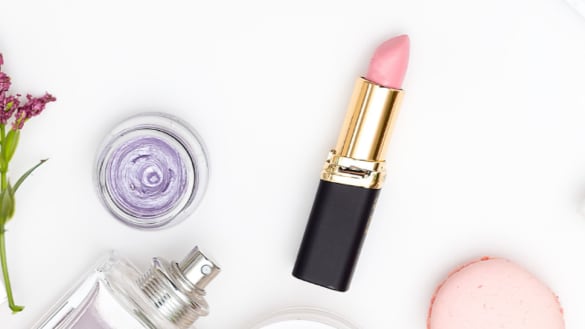The current US prestige beauty market, which includes top brands like Chanel, Dior, Estée Lauder, La Mer, and Charlotte Tilbury, is valued at $124 billion, according to a recent report from global management consulting firm Kearney. The report, “Prestige Beauty Consumer Index: The next frontier of US beauty consumers,” explores survey responses from 1,000 beauty consumers to understand better the nuances of the current market and how prestige brands can continue to grow despite strong economic headwinds.
To glean greater insights into the report’s findings, including the impact of science-driven innovation on the prestige beauty category’s market share, the growing influence of biotech, and the new demands of a younger consumer demographic, CosmeticsDesign spoke to, according to a recent
Efficacy over heritage
One of the strongest findings from the report was a noticeable shift in consumer desire to understand product efficacy rather than a brand’s legacy or history. As a beauty buyer’s interest continues to evolve from “brand heritage storytelling to science and efficacy storytelling, that means real changes in how brands invest,” said Perim.
Therefore, industry stakeholders can expect “more focused R&D budgets on ingredients and formulations that drive visible results, fewer but bigger bets on innovation, and heavier use of clinical and consumer testing to validate claims,” she explained. Additionally, collaborations with dermatologists or other industry experts will likely provide greater influence on consumer purchasing decisions.
Perim added that moving forward, she expects successful brands in the prestige beauty space will be the ones researching “the next hero SKU for this new, proof-driven consumer” and building around this concept.
Biotech’s role in prestige beauty
Biotechnology and clinical proof, therefore, will continue to emerge as key drivers for beauty brands to reach the “rational consumer” better, and Kearney’s research “shows that biotech is still emerging, resonating most strongly with a specific, high-spending segment, who view it as the cutting edge of beauty and the bridge between skincare and healthcare,” said Perim. She characterized innovations in biotechnology as a “growth frontier,” but cautioned that it is not yet mass-market, as many promising discoveries are still in the R&D stage and hold notable future potential.
In contrast, clinical validation is much more substantiated, with Perim describing it as a “foundational trust marker,” for beauty consumers. Kearney’s research notes that “across personas, more than 80 percent of consumers say scientific proof and dermatologist-backed claims influence their choices,” demonstrating that “clinical validation transforms performance from promise to proof,” she said.
Moving forward, prestige brands can use these tools in tandem to bolster credibility, help consumers rationalize purchases, and retain consumer trust. “Brands that balance both proof today and innovation for tomorrow, will be the ones that earn enduring prestige and consumer loyalty,” she said.
The next generation of consumers
Kearney’s report also examined the landscape of the emerging Gen Z prestige beauty buyer, for whom “beauty is evolving into an expression of identity as much as appearance,” said Perim. The survey found that over half of respondents who identified themselves as part of this demographic reported “beauty helps them express who they are, experiment, and connect with their communities,” she shared.
However, she cautioned that this shift should not be a push for companies in the category to evolve into a “creativity brand.” Rather, “opportunity is to interpret self-expression through your brand’s own lens,” she explained, which could translate into marketing campaigns that explore bold storytelling, inclusivity, authenticity, craftsmanship, or even a celebration of individuality.
“What matters is that each brand’s emotional positioning feels purposeful and true to its DNA, [and] the brands that get this right, those that balance credible science with emotional resonance, will be the ones that stay relevant and inspiring to the next generation,” she said.
Perhaps the most surprising finding from the report “was how rational the prestige consumer has become,” Perim added. “We expected emotional loyalty to carry more weight, but efficacy and price outranked legacy by a wide margin.”
Therefore, as 2025 comes to a close and prestige beauty brands look ahead to 2026 and beyond, “brands that can combine scientific credibility with emotional connection, delivering results that are both visible and meaningful, will define the next era of prestige beauty,” she said.





